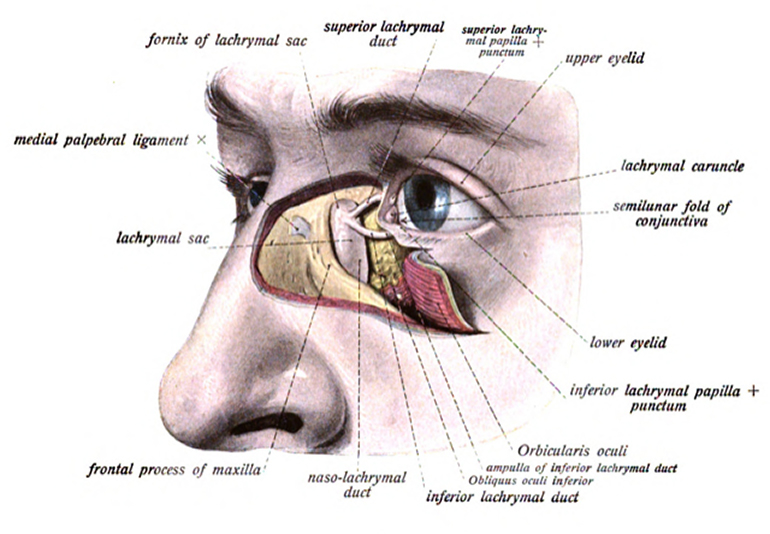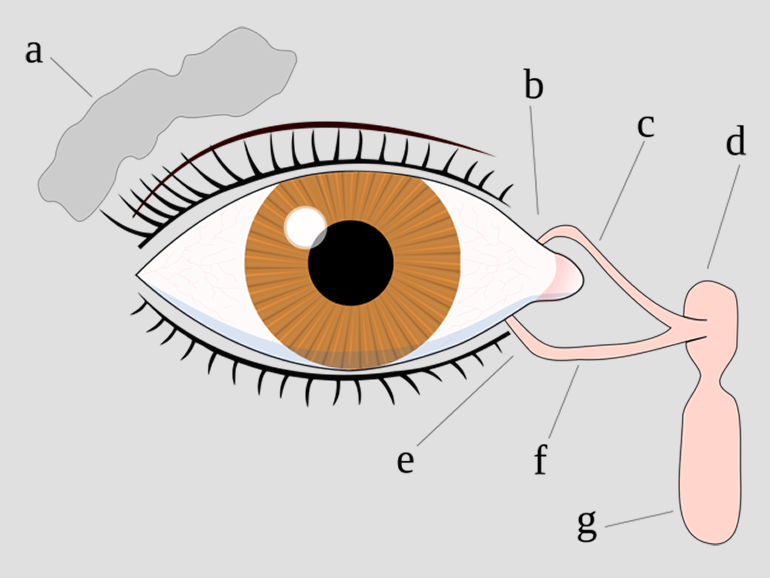Watering Eyes
What are Watering Eyes?
Watering eyes can be caused by reflex tearing to irritation (often associated with discomfort) or by the spillover of a blocked tear drainage system. Blockages can occur anywhere along this drainage system from the eyelid punctum to the nasolacrimal canal running into the back of the nose. This is not entirely a passive phenomenon with blinking stimulating the lacrimal pump system. Pump failure can also cause watering (epiphora).


What is the treatment?
Treatment is dependent on the cause. Reflex tearing is treated by optimizing the ocular surface. "Paradoxical epiphora" in dry eyes is very common. Although some people with dry eyes secrete very little in the way of tears, it is quite common for the problem to be that the tears secreted are of insufficient quality to be able to wet the surface effectively. Since these tears are not efficient, a feedback mechanism exists to make more tears with resultant watering. So the paradox is that a dry eye (with poor quality tears) can also be a watering eye. A further paradox is that the treatment is to add more tears in the form of more oily artificial tears from a bottle. Surprisingly, this is usually very effective.
There are many other causes of watering eyes and a full examination with special testing may be required to make the correct diagnosis and offer appropriate treatment.
In some patients, there is a blockage at the level of the punctum of the eyelid. It may be possible to dilate ("stretch") the hole and relieve the watering. In other cases a small operation "punctoplasty" may be required. This is done under a local anaesthetic as an outpatient procedure.
More significant blockages of the drainage system may major surgery to bypass the blocked tear drainage system.
